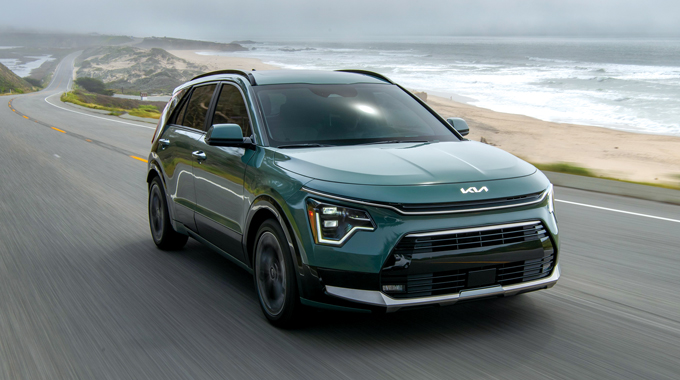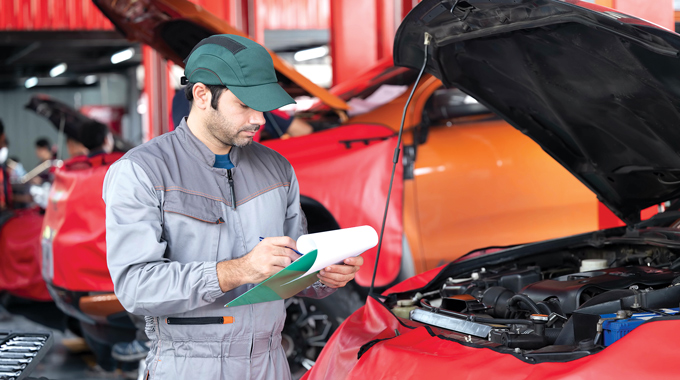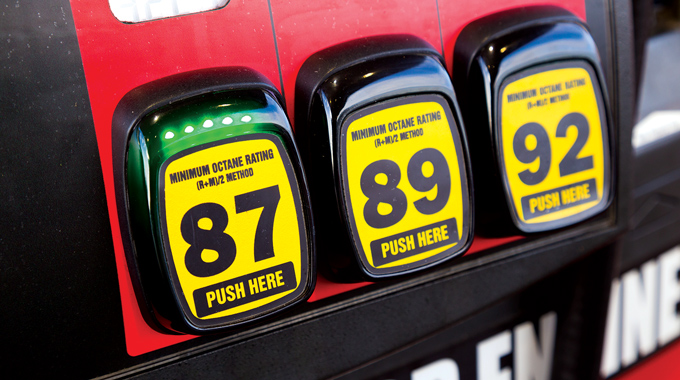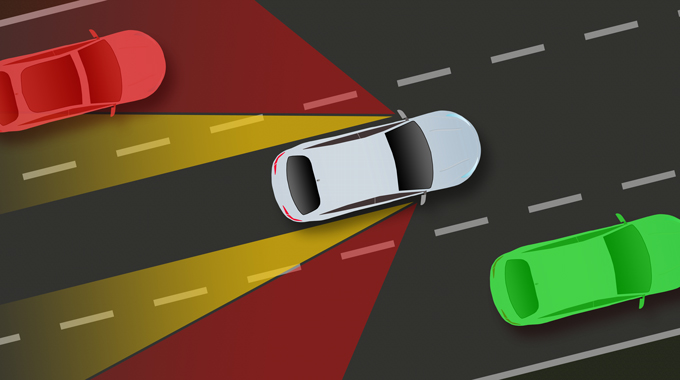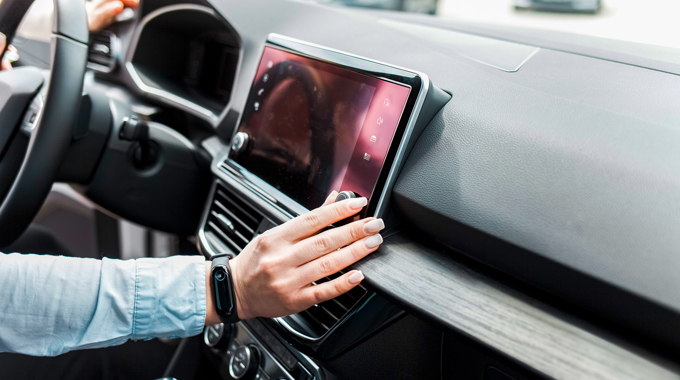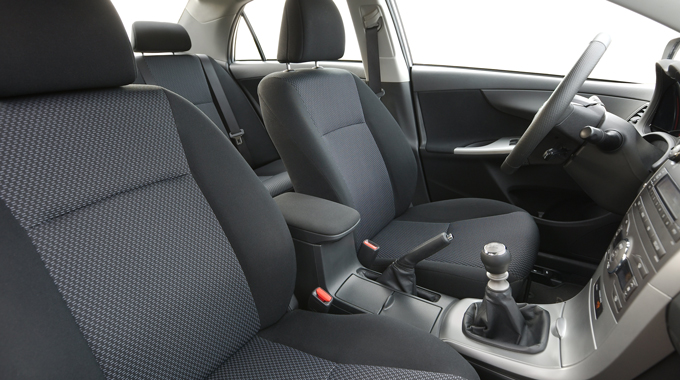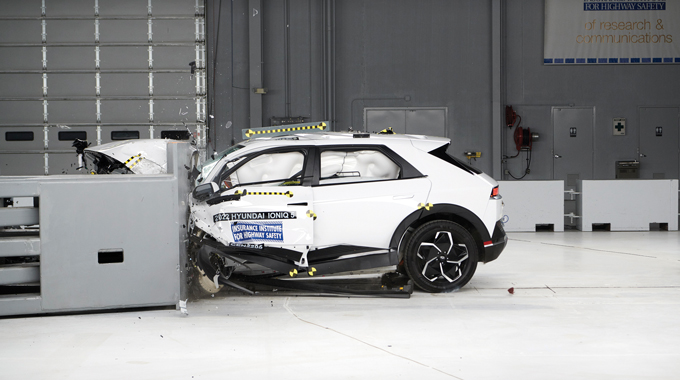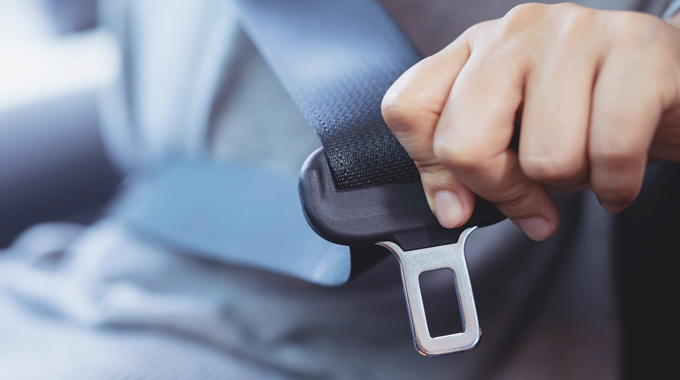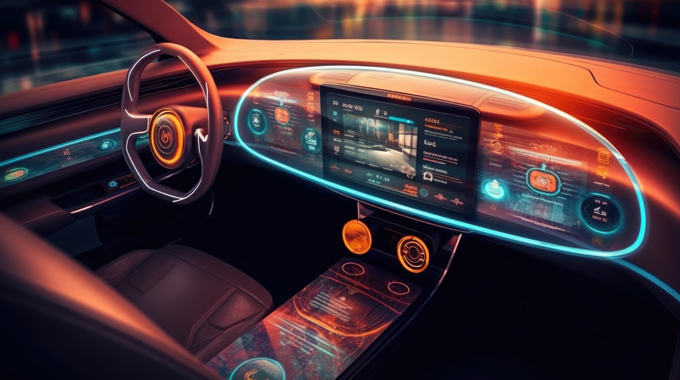Cars for older drivers
Every year, the Auto Club of Southern California’s Automotive Research Center rigorously tests from 60 to 80 new vehicles on the basis of 13 criteria: advanced safety features, fuel efficiency, EPA emission score, acceleration, braking, handling, ride quality, interior size, ease of entry and exit, visibility, interior noise, cargo capacity, and quality and drivability.
The ARC publishes the results, plus other useful information about buying and owning a car, in its annual AAA Car Guide.
Although there’s no single car—or group of cars—that fits the needs of all older drivers, the ARC selected the following cars from those it tested for the 2023 AAA Car Guide as good candidates for older drivers. Most were 2022 models, but newer versions will have similar qualities. They’re presented in alphabetical order, with a list of criteria that make the car a strong candidate as well as qualities that might be of concern for some older drivers.
2022 Audi Q4 50 e-tron
+ Good interior space for passengers, high crash-test ratings, high scores for overall visibility, ease of entry and exit, and advanced safety features
– Limited rear visibility
2022 Chevrolet Bolt
+ Good overall value, lots of advanced safety features, intuitive infotainment system, high crash-test ratings, high scores for EV efficiency, visibility (especially to the front and sides), and ease of entry and exit
– Tight rear seating; rear seats are stiff and uncomfortable
2022 Hyundai Sonata Hybrid
+ Good value, lots of standard features, high crash-test ratings, high scores for fuel efficiency, visibility, entry and exit, and advanced safety features
– Restricted rear visibility (high rear deck), touchy brake and throttle response
2022 Hyundai Tucson
+ Good overall value, roomy interior, high crash-test scores, high scores for visibility, ease of entry and exit, and advanced safety features
– Touch-operated infotainment system is difficult to use
2022 Hyundai Tucson Hybrid
+ Good overall value, roomy interior, high fuel efficiency, high crash-test scores, high scores for visibility, ease of entry and exit, and advanced safety features
– Touch-operated infotainment system is difficult to use
2022 Lexus UX 250h
+ High fuel-efficiency and crash-test scores, high scores for ride quality, visibility, ease of entry and exit, and advanced safety features
– Cramped interior, outdated and hard-to-use infotainment system
2023 Mazda CX-50
+ Comfortable seating, plenty of storage and cargo space, high scores for visibility and advanced safety features
– Unintuitive infotainment system, difficult rear-seat entry and exit
2022 Mitsubishi Outlander
+ Lots of room for passengers and cargo, lots of standard advanced safety features, high scores for visibility and ease of entry and exit
2022 Nissan Pathfinder
+ Good all-around visibility, high scores for ease of entry and exit and advanced safety features, good interior space, including headroom and legroom
2022 Subaru Forester
+ Good value, easy entry and exit, ample legroom and headroom for all passengers, high visibility and crash-test scores, lots of advanced safety features
– Outdated infotainment system
2022 Toyota RAV4 Prime
+ High scores for advanced safety features, visibility, ease of entry and exit, and fuel-efficiency
– Outdated infotainment system, instrument cluster, and controls


